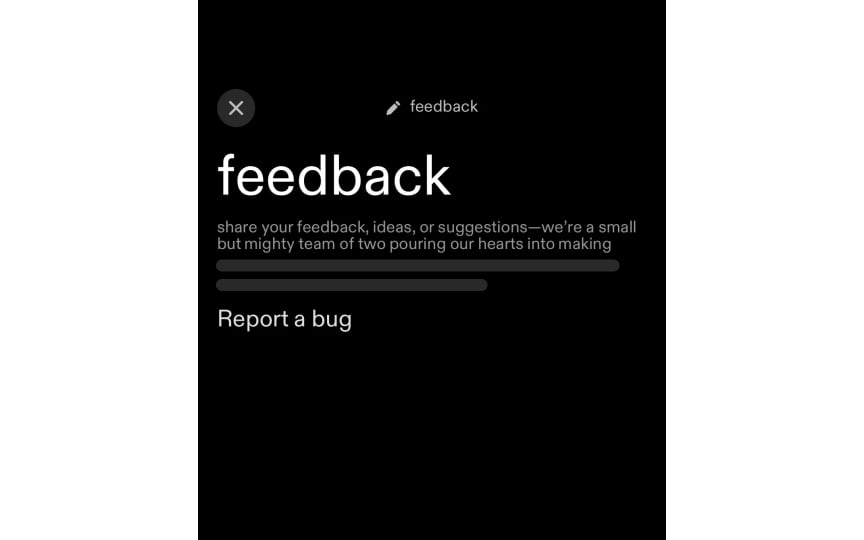Monitoring performance over time
Once your model is running, you need to interpret AI output to ensure it aligns with product goals and user needs. If it doesn't, troubleshooting often reveals data issues that weren't apparent during development. Testing should happen continuously. Early development requires qualitative feedback from diverse users to find "red flag" issues with your training dataset or model tuning. Build mechanisms for ongoing user feedback throughout the product lifecycle. Create custom dashboards that visualize key metrics:
- Recommendation acceptance rates
- Error frequencies across user segments
- Confidence score distributions
Tools like the What-If Tool and Language Interpretability Tool help inspect your model and identify blind spots. Monitor behavioral signals alongside technical metrics. Track how often users accept recommendations, complete suggested actions, or override AI decisions. If users consistently ignore suggestions despite high confidence scores, something needs investigation. Establish regular review cycles with cross-functional teams. Engineers track technical performance, product managers notice experience changes, and customer service identifies complaint patterns. Monthly reviews examining trends catch issues that single metrics miss.

